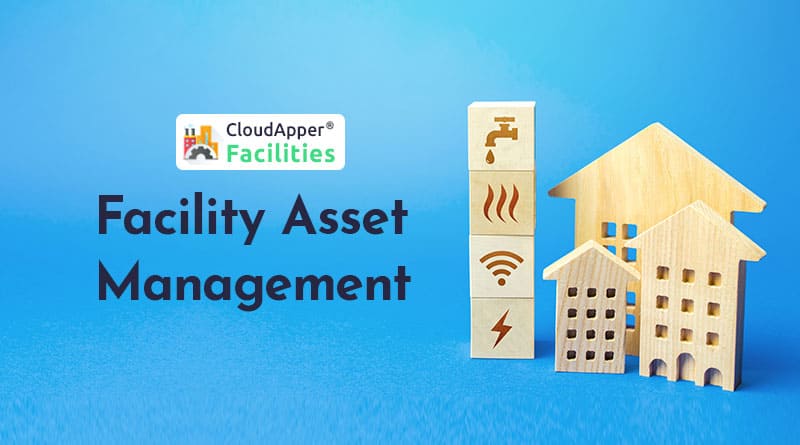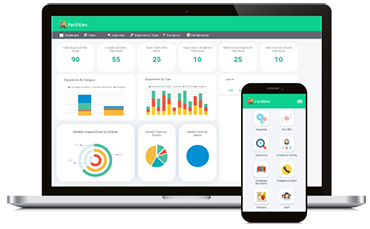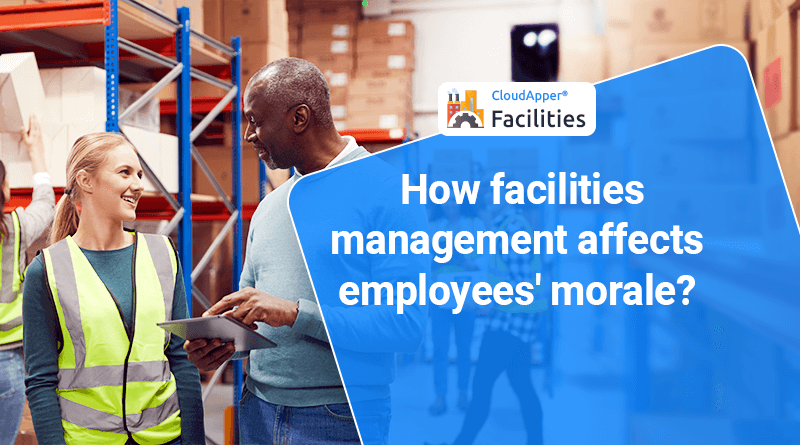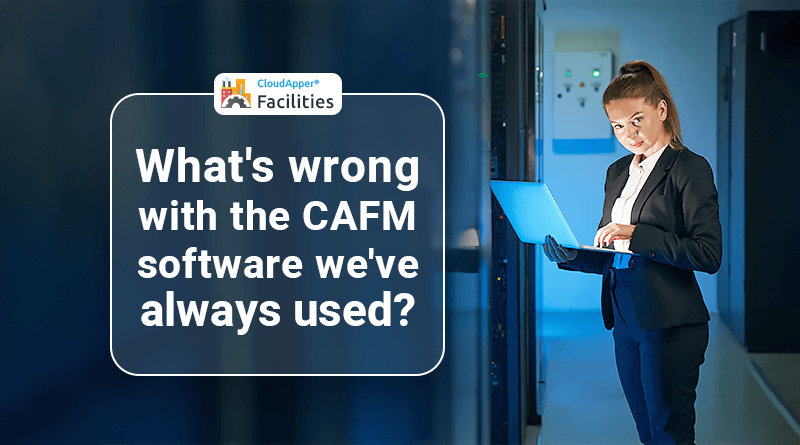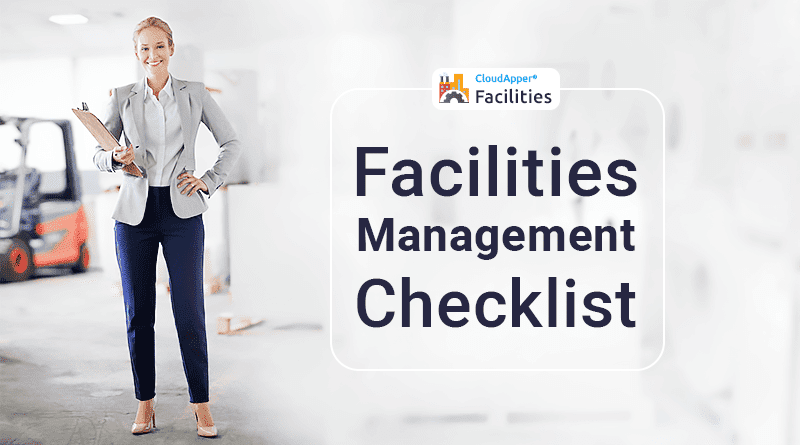Table of Contents
You’re not merely in charge of managing your facility’s assets as a facilities manager. Facility managers are in charge of creating strategic asset management plans for their facilities. To monitor, maintain, and plan for their property, a good building manager employs a systematic approach known as facility asset management. This guide provides the broad, underlying principles (along with a tool) that can help you construct a strategic facility asset management plan, whether you’re new to the role or need an update on your methods.
TRACKING FACILITY ASSETS
You are responsible for the assets within and outside your facility as a building manager. You should record a documented inventory of your maintainable or replaceable assets, including those that require regular maintenance and those that must be replaced on a regular basis. In their official inventory of facility assets in a proper facility management software, facility managers should keep track of anything that requires annual maintenance, costs more than $5000 or would create great duress if it failed.
FACILITY DATA COLLECTION
When you collect data on your asset, you can make the best long-term plans for your facility. However, it’s important to collect the correct data so that your team isn’t constantly on the lookout for information. Don’t fall into the trap of thinking that more data is better. In fact, having too much or the wrong kind of data will cost you time. Instead, gather the essentials like name, category, model number, and so on, but make sure to add a notes box for your team to write any special details about the asset.
These requirements can be specified in the facilities management software that you use to collect data. This data collection gives you an idea of how much your company benefits from a particular asset. Consider hiring a team of professionals to collect your facility data for you if you’re anxious about finding the time.
FACILITY ASSET MAINTENANCE
You must define and decide maintenance as well as replacement schedules for all of your assets after you have a working inventory list. Asset management and daily maintenance go hand-in-hand so that both of these things need to be integrated into the management software you use.
You should be able to set up recurring preventive maintenance plans in your facilities management software so that you or a designated team member will be notified when planned maintenance work is approaching. You’ll be able to plan your budget better once you’ve adopted and been familiar with your facility’s maintenance and replacement schedules.
STRATEGIC FACILITY PLANNING
You must prepare for the long-term maintenance of your asset inventory after collecting data and formulating a maintenance schedule for your assets. Create a plan that concentrates on updating and decommissioning assets in particular. In some situations, you may discover that an asset, even if updated, isn’t serving your organization well enough, resulting in it becoming a non-essential asset that you don’t need to keep.
Dealing with important needs and unexpected asset failures will also be easier if you have a working inventory list and associated data because you’ll know exactly what needs to be done and when it needs to be done.
Keep your plan simple and, if possible, use a facilities management mobile app to capture good data directly from the field. ISO 55000 is a fantastic place to start because it was the first set of international asset management standards. It will lead you through building up your asset management strategy, but don’t get too caught up in the details. The most essential thing is to make a plan; you can always change things as you gain more familiar with your processes and realize the need for changes.
CHOOSING A FACILITY ASSET MANAGEMENT APPLICATION
If you haven’t already started developing a facility management application to manage your facility’s assets, now is the time to do so. CloudApper Facilities is a useful tool that promotes consistency in your organization, resulting in more transparency, better planning, risk management, and team engagement.
What is CloudApper AI Platform?
CloudApper AI is an advanced platform that enables organizations to integrate AI into their existing enterprise systems effortlessly, without the need for technical expertise, costly development, or upgrading the underlying infrastructure. By transforming legacy systems into AI-capable solutions, CloudApper allows companies to harness the power of Generative AI quickly and efficiently. This approach has been successfully implemented with leading systems like UKG, Workday, Oracle, Paradox, Amazon AWS Bedrock and can be applied across various industries, helping businesses enhance productivity, automate processes, and gain deeper insights without the usual complexities. With CloudApper AI, you can start experiencing the transformative benefits of AI today. Learn More
